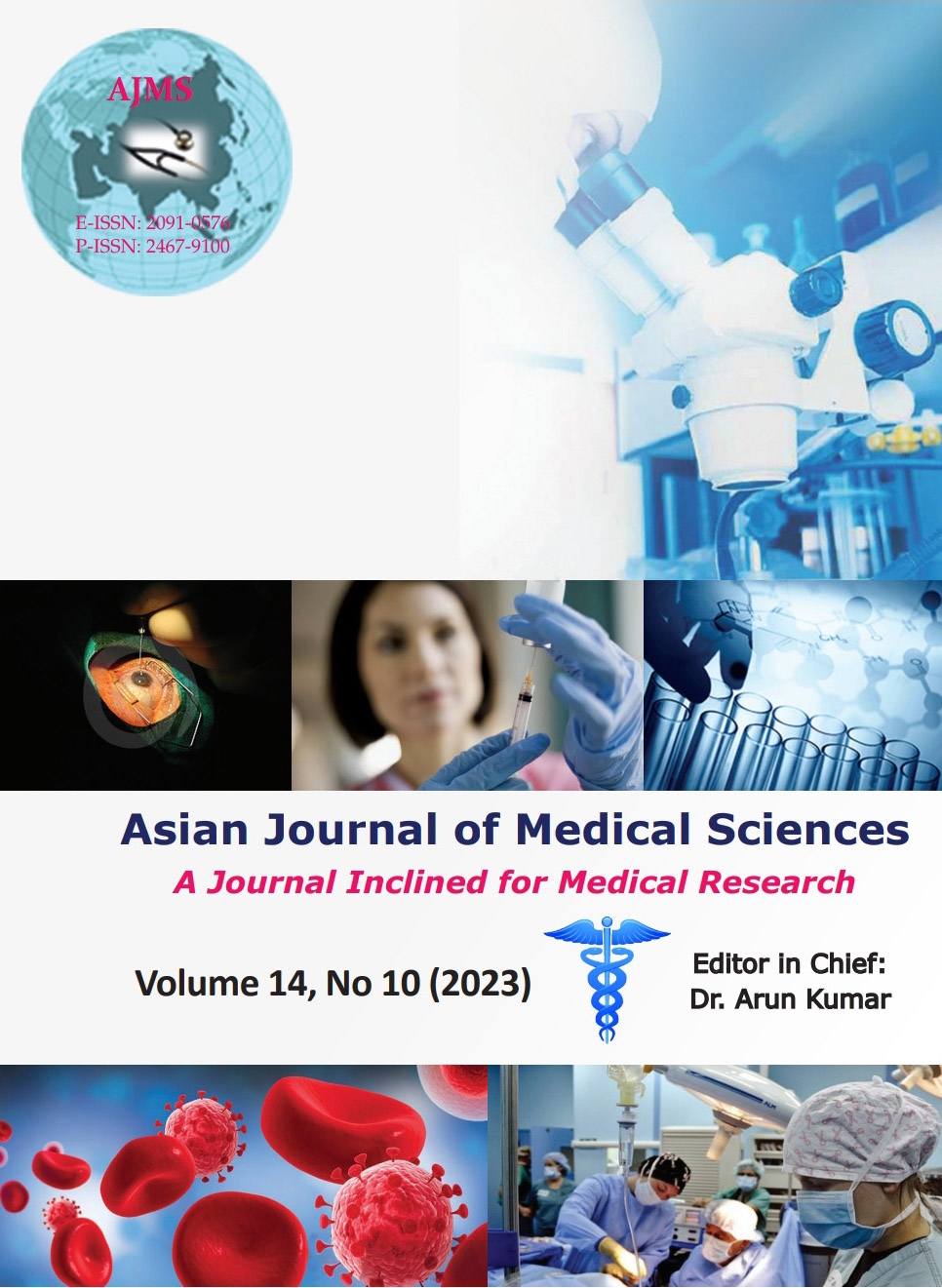Prospective observational comparative study of outcomes between single-layer versus double-layer gastrointestinal anastomosis
Keywords:
Gastrojejunostomy; Wound infection; Post-operative nausea and vomiting; Anastomotic leak; Pelvic abscessAbstract
Background: In elective gastric surgeries, gastrojejunostomy is the most common anastomosis being done in both benign and malignant conditions. Anastomotic leak, bleeding, wound infection, and anastomotic stricture are important complications associated with intestinal anastomosis. Both double-layer and single-layer anastomosis are well-established techniques for gastrojejunostomy. Till now, there are no definite concluding findings that determine the suitability of either technique.
Aims and Objectives: To compare the utility of single-layer gastrointestinal anastomosis versus double-layer gastrointestinal anastomosis in terms of post-operative outcome.
Materials and Methods: A hospital-based prospective comparative study was conducted in the department of general surgery BSMCH with a time frame of about 1/2 years. A total no of 52 patients of the adult age group (18–80 years) admitted in the department of general surgery underwent gastrointestinal anastomosis has been studied.
Results: Twenty-six (50%) patients underwent single-layer gastrointestinal anastomosis. The rest 26 (50%) underwent double-layer anastomosis. There is no statistically significant difference between these two groups in terms of post-operative nausea vomiting (P=0.73419), wound infection (P=0.385332), anastomotic leak (P=0.552003), and pelvic abscess (P=0.4924). However, the duration of surgery (P<0.0001) and hospital stay (P=0.0179) was significantly less in single-layer gastrointestinal anastomosis.
Conclusion: Double-layer gastrointestinal anastomosis offers no definite advantage over single-layer anastomosis in terms of post-operative complications. Considering the duration of the anastomosis procedure and hospital stay, single-layer gastrointestinal anastomosis may prove the optimal choice in most surgical situations.
Downloads
Downloads
Published
How to Cite
Issue
Section
License
Copyright (c) 2023 Asian Journal of Medical Sciences

This work is licensed under a Creative Commons Attribution-NonCommercial 4.0 International License.
Authors who publish with this journal agree to the following terms:
- The journal holds copyright and publishes the work under a Creative Commons CC-BY-NC license that permits use, distribution and reprduction in any medium, provided the original work is properly cited and is not used for commercial purposes. The journal should be recognised as the original publisher of this work.
- Authors are able to enter into separate, additional contractual arrangements for the non-exclusive distribution of the journal's published version of the work (e.g., post it to an institutional repository or publish it in a book), with an acknowledgement of its initial publication in this journal.
- Authors are permitted and encouraged to post their work online (e.g., in institutional repositories or on their website) prior to and during the submission process, as it can lead to productive exchanges, as well as earlier and greater citation of published work (See The Effect of Open Access).




